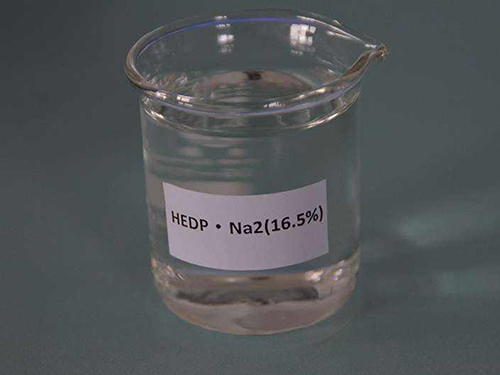Exploring the Chemical Properties and Applications of Sodium HEDP in Industrial Processes
The Role of Sodium HEDP in Water Treatment and Industrial Applications
Sodium HEDP, or Sodium Hydroxyethylidene Diphosphonic Acid, is a widely recognized chemical compound utilized primarily in water treatment processes and various industrial applications due to its excellent chelating properties. The relevance of sodium HEDP is increasingly appreciating as industries seek efficient and effective solutions for corrosion prevention, scale control, and overall water quality management.
Chemical Properties and Structure
Sodium HEDP is a phosphonate compound that contains two phosphonic acid groups and a hydroxyl group. This unique structure allows it to form stable complexes with metal ions, making it an effective agent for controlling scale formation and corrosion in water systems. The compound is typically available in a colorless to pale yellow liquid form and is highly soluble in water. Its effectiveness spans a wide pH range, which is crucial for various applications across diverse industrial settings.
Applications in Water Treatment
One of the primary applications of sodium HEDP is in water treatment, particularly in cooling water systems, boilers, and geothermal applications. The compound acts as a scale inhibitor by preventing the precipitation of calcium and magnesium salts, which are common contributors to scale formation. By forming soluble complexes with these metal ions, sodium HEDP ensures optimal operation of heat exchange systems and reduces the risk of blockages or equipment damage.
In addition to scale inhibition, sodium HEDP also offers corrosion prevention benefits. It effectively lowers the corrosion rates of metal surfaces by forming a protective layer that minimizes direct contact with corrosive agents in the water. This protective coating helps extend the lifespan of equipment, leading to significant cost savings in maintenance and replacement over time.
sodium hedp 钠hedp

Agricultural and Food Processing Industries
Beyond water treatment, sodium HEDP has found applications in the agricultural sector and food processing industries. In agriculture, it is utilized as a chelating agent in fertilizers, enhancing the availability of essential nutrients to plants. Its ability to bind with microelements ensures that these nutrients remain accessible to crops, promoting healthier growth and potentially improving yield.
In food processing, sodium HEDP plays a role in preventing metal ion-induced spoilage. By chelating metal ions that can catalyze the degradation of food products, it helps maintain the quality and safety of various food items. This is increasingly important in an industry where food safety regulations are becoming more stringent, and consumers are more aware of the importance of food additives.
Environmental Considerations and Regulation
As the awareness of environmental issues continues to rise, sodium HEDP's environmental profile is receiving more scrutiny. Phosphonates, including sodium HEDP, are often scrutinized for their potential persistence in the environment. However, when used appropriately and within regulated limits, sodium HEDP is generally considered safe for use in industrial applications. Many industries are adopting best practices for management and usage that align with environmental standards, demonstrating a commitment to sustainability.
Conclusion
In summary, sodium HEDP stands out as a multifunctional compound pivotal in water treatment processes and various industrial applications. Its effective scale inhibition, corrosion prevention, and enhancement of nutrient availability position it as a valuable agent across numerous fields, including agriculture, food processing, and industrial maintenance. As industries continue to prioritize efficiency, safety, and environmental responsibility, the role of sodium HEDP is expected to grow, promoting a balance between industrial progress and sustainable practices.
-
Understanding Polycarboxylic Acids: Properties, Applications, and Future PotentialNewsJul.28,2025
-
Scale Inhibitor Explained: How to Protect Your System from Limescale and Hard Water DamageNewsJul.28,2025
-
Scale and Corrosion Inhibitors: Essential Chemicals for Industrial Water System ProtectionNewsJul.28,2025
-
Polyaspartic Acid: A Biodegradable Polymer for Sustainable ChemistryNewsJul.28,2025
-
Isothiazolinones: A Versatile Antimicrobial Class with Industrial Power and Regulatory ChallengesNewsJul.28,2025
-
A Deep Dive into 2-Phosphonobutane-1,2,4-Tricarboxylic Acid (PBTC)NewsJul.28,2025





